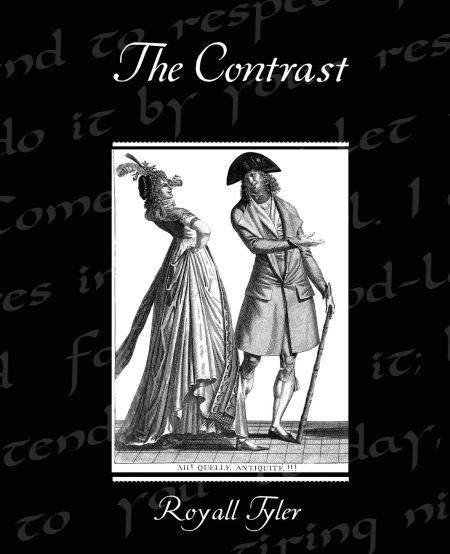I don’t think it is something we think about often but there were lots of American firsts. One that I only learned of recently is “the first American play.”
Theater had a slow start in the American colonies. We know there were performances of Shakespeare in Williamsburg in the early 1700s. The Southern colonies were more open to British customs, including plays. In the North, plays, theater and acting were more often seen as a sinful form of entertainment.
Massachusetts passed a law in 1750 that outlawed theater performances, and by 1760 there were similar laws in Pennsylvania, Rhode Island, and New Hampshire. There seem to have been a few exceptions given special permission by the authorities. But all these performances were of British dramas.
Royall Tyler was born in 1758 into one of the richest families in Boston. But he had never been to a theater. On March 12, 1787, he saw a production of Richard Sheridan’s School for Scandal, a well-known English comedy of manners from 1777. He was amazed – and inspired.

In the next three weeks, the 29-year-old wrote his own play, The Contrast. Tyler had attended Harvard, studied law, and joined the Continental Army. He was appointed the aide to General Benjamin Lincoln to help suppress Shays’ Rebellion. After Shay left Massachusetts for New York, Tyler was sent to New York City to negotiate for Shay’s capture. It was that NYC assignment that allowed him to see theater for the first time.
A mere one month later, The Contrast became the first play by an American writer to be professionally produced. It opened at the John Street Theater in New York City, and it was a success. It was performed four times that month in New York, which was very unusual. Then it moved on to Baltimore and Philadelphia, where George Washington went to see it.
The Contrast was a comedy of manners, clearly influenced by Sheridan’s play. The play is a humorous satire aimed at the evils and follies of the time. Royall uses this dramatic form to satirize Americans who follow British fashions and indulge in “British vices.”
Before The Contrast, the theater was looked down upon in the United States, but this play caused a shift in the opinions of Americans towards the theater by poking fun at Americans with European pretensions and contrasting the two cultures.
The play explores themes of American identity and contrasts American and British cultures, particularly through the characters of Jonathan, a patriotic American, and Dimple, who embodies British affectations. This reflection on national identity was significant in the post-Revolutionary War era as the United States was defining its cultural identity.
The play introduced enduring American character archetypes, such as the “Yankee” and the “City Slicker.” These archetypes would go on to influence later American literature and theater, shaping how Americans saw themselves and were seen by others. The main character, Jonathan, was the first “Yankee” stock character, a backwoods individual who spoke in a distinctive American voice and had American mannerisms.
It was advertised as the first truly American play, being written and set in America and the first to be professionally performed here.
I don’t know if the play is still performed very often today, but it has been seen on modern stages and is available in print.









